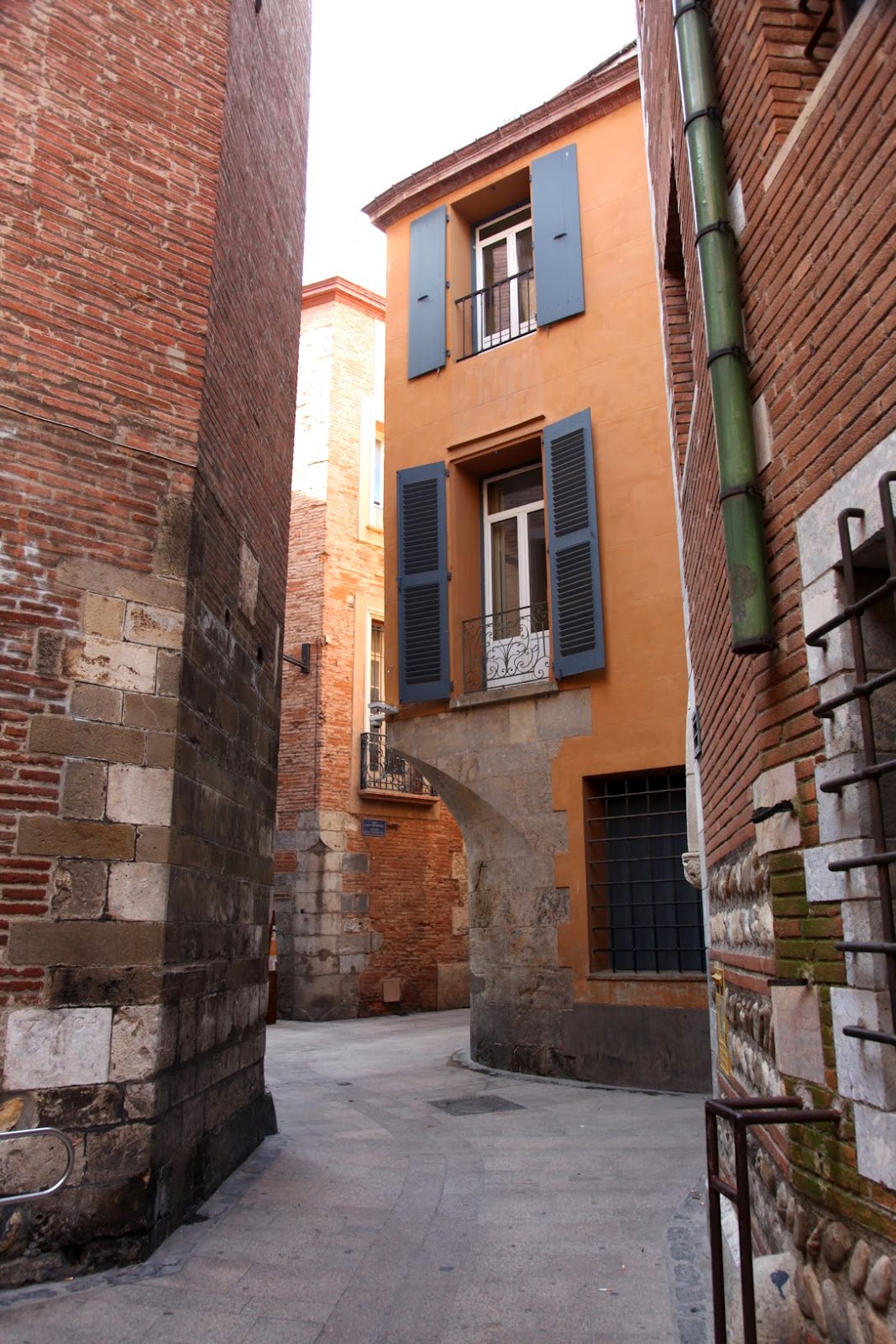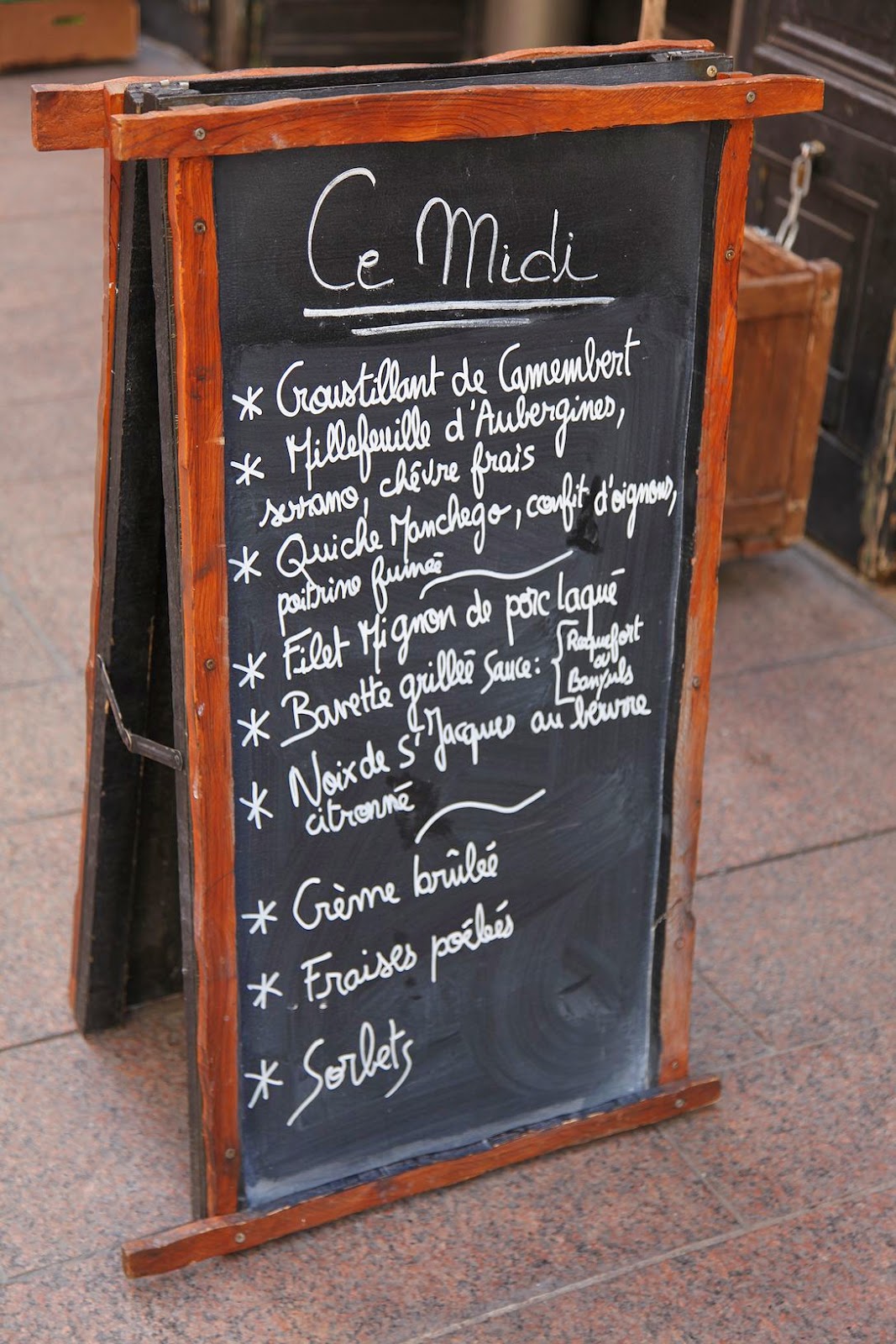Dominating a huge chunk of fertile land on either side of the Pyrénées - now a natural border between France and Spain - is the historical province of Catalonia. Populated since ancient Greece, it has been a major trading community on the Mediterranean for almost 3000 years. It was the first region in the Iberian peninsular (what we now call Spain and Portugal) to come under Roman rule, and for the next 2000 years its people have shaped history that will forever be remembered and reminded.
Barcelona's title as Catalonia's first and greatest city is undisputed; there is always a competition for a shot at the second. Most would argue to agree that the title goes to Perpignan, across the Pyrénées in southwestern France.
Once called by Salvatore Dali as the "centre du monde", Perpignan is perhaps not the centre of the universe it once was. It is the last major city before crossing the Spanish border, and stripes of yellow and red - color of Catalan flag - is everywhere to be seen and reminded of. Even though the city was ceded to the French in 1659 under the Treaty of the Pyrenees, where France was given control over Perpignan and Roussillon and gave up county of Barcelona in return, the city is today still more Spanish than French in every aspect: its architecture and tapas bars, and Catalan still being spoken and visible on road signs, not to mention the exotic mix of populations from North Africa that will remind you of Andalusia more than Paris.
The major touristic draw is of course the great Palace of the Kings of Majorca, which began construction in 1276 by King James II and was later given a make-over by Louis XIV's engineer Vauban. Its magnificence is in the sheer size of a structure made entirely out of ocre stones and Pyrénées red marble.
Meandering through the town are quarters of tapas bars and restaurants, as well as the Arabic shops and markets. Catalan restaurants like Casa Sansa is legendary, having established itself since 1846 in the historic centre but tucked into one of the tiniest lanes (see separate blog post on Casa Sansa).
A saunter through the rest of the town will come upon the quiet canal, the cathedral of St. Jean, the iconic building that is now the Hotel de Ville (centre of administration), the once-affluent area on rue Emile Zola where Belle Epoque mansions of yesteryears adorned both sides of the street.
My only regret is that French is now more frequently used than Catalan or Langue d'Oc. Music by Languedoc composer Déodat de Séverac (1872 - 1921), which I often play and listen to, was greatly inspired by the culture and language of the region, and I was hoping to hear authentic Languedoc being spoken here that would draw the connection to his music.
Official tourism website for Perpignan and its surrounding region: http://en.perpignan-mediterranee-tourisme.fr/home/discover/histoire.aspx

























No comments:
Post a Comment